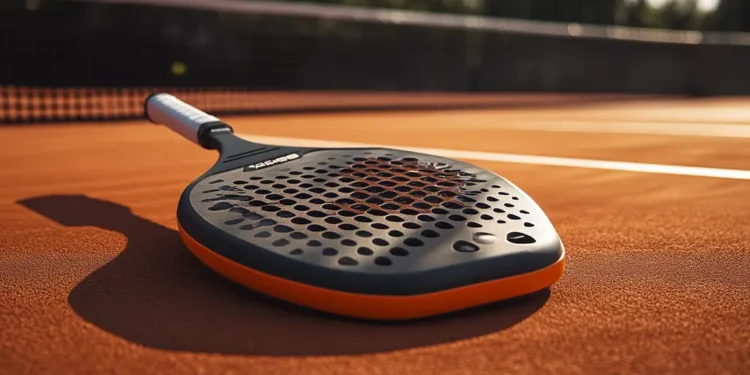From Humble Beginnings
Paddle, a racket sport that blends elements from tennis and squash, has seen an incredible surge in popularity over the past decade. What started as a casual pastime played in private clubs and resorts has now become a global phenomenon enjoyed by millions.
The roots of paddle can be traced back to the 1970s in Mexico, where Enrique Corcuera first invented it. He initially called it ‘Paddle-Tennis.’ Unlike traditional tennis, paddle is played on a smaller, enclosed court. The game is notably easier to pick up, making it accessible to players of all skill levels and ages.
The Appeal of Paddle
So, what makes paddle so appealing? For one, it’s a highly social sport. The smaller courts and doubles format encourage communication and camaraderie among players. Additionally, the unique underhand serve and surrounding walls add strategic challenges reminiscent of both tennis and squash.
Moreover, paddle is relatively low-impact compared to other racket sports, reducing the risk of injury. This accessibility has made it a favorite among fitness enthusiasts looking for a full-body workout without the strain.
Global Growth
The past decade has witnessed an unprecedented rise in the number of paddle courts worldwide, particularly in Europe and South America. Countries like Spain and Argentina have embraced paddle, integrating it into their culture. Spain alone boasts thousands of courts, making paddle a staple sport there.
This growth is partly due to successful marketing strategies and the implementation of international tournaments that have brought the sport to the forefront. High-profile athletes and celebrities have also contributed to the sport’s visibility, drawing attention and sparking interest in new regions.
Paddle in the Digital Age
The digital age has also played a crucial role in paddle’s growth. Social media platforms have allowed clubs and players to share experiences, tips, and live-action from matches across the globe. This has cultivated a vibrant online community that supports newcomers and professional players alike.
Furthermore, technological advancements in equipment, such as lightweight paddles and durable court surfaces, have improved the playing experience, attracting more participants.
Opportunities and Challenges
While paddle continues to grow, it faces several challenges. The standardization of rules, increasing court construction costs, and competition with other emerging sports are all potential hurdles to consider. Nonetheless, opportunities abound, particularly in markets like the United States and Asia, where the sport is still burgeoning.
Organizers and enthusiasts are actively working towards establishing comprehensive governing bodies to ensure the sport’s sustainable growth. Efforts to include paddle in more international competitions and schools aim to solidify its place in the sporting world.
Conclusion on Paddle’s Future
Paddle’s dynamic blend of fitness, fun, and community engagement presents a promising future. As more people discover the joys of playing paddle, the sport will likely continue its upward trajectory. Whether you’re a seasoned athlete or a recreational player, paddle offers a unique sporting experience that’s hard to resist.






